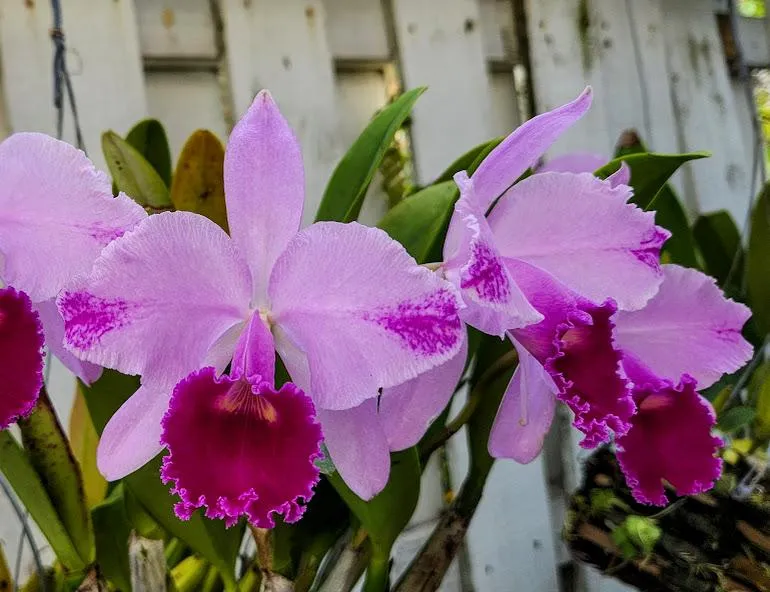
Cattleya trianae: A Colombian Queen
Cattleya trianae: A Colombian Queen
Flourishing in the heart of Colombia is a flower that captures the spirit of the nation: Cattleya trianae. Declared the national flower in 1936, this orchid is not only admired for its striking beauty but also stands as a symbol of Colombia’s rich biodiversity and cultural heritage.
Its delicate petals display a symphony of colors—shades of pink, purple, white and coeruleo—and exude a subtle fragrance. Known as the “Flor de Mayo” (May Flower), its bloom often aligns with the month of May, though it can flower at other times depending on cultivation conditions.
The orchid's name honors José Jerónimo Triana, a prominent 19th-century Colombian botanist. Triana played a crucial role in the scientific exploration and classification of Colombian and South American flora. He was among the first to conduct a thorough botanical survey in Colombia, identifying and cataloging numerous new plant species for science.
Distinctive Features of Cattleya trianae
Flowers: Large, typically 15–20 cm in diameter, with wavy, broad petals. Sepals are narrower and usually paler than the petals.
Aroma: Sweet and pleasant.
Leaves: Thick, fleshy, and oblong-elliptical, measuring 20–30 cm long, in a glossy green shade.
Pseudobulbs: Cylindrical, around 10–15 cm, usually supporting one or two leaves.
Roots: Thick, white, and covered in velamen to absorb moisture and nutrients from the air.
Growth Habit: Epiphytic – it grows on trees and gathers nutrients and moisture from its surroundings.
Care Tips for Cattleya trianae
To ensure healthy growth and flowering, attention to the following is key:
Light: Needs bright but indirect light. Ideal near an east- or west-facing window. It should receive 10–12 hours of light daily. Use grow lights if natural light is insufficient.
Temperature: Daytime temperatures should range between 20°C–30°C (68°F–86°F), and nighttime between 12°C–15°C (54°F–59°F). Avoid sudden temperature shifts.
Humidity: Prefers 50–70% relative humidity. Increase humidity with a tray of moist pebbles or a humidifier. Good air circulation is essential to prevent fungal and bacterial issues.
Watering: Water when the growing medium is nearly dry. In hot weather, this could be every 4–7 days; in cooler conditions, every 10–14 days. Always water thoroughly and let it drain completely—never leave the plant sitting in water.
Growing Medium: Use a specialized orchid mix with pine bark, charcoal, and perlite for proper drainage and aeration. Replace the medium every 2–3 years or when it starts breaking down.
Fertilization: Feed with a balanced orchid fertilizer every 2–3 weeks during the growing season, diluted to half the recommended strength.
Encouraging Blooms: Ensure sufficient light and appropriate temperature. A slight drop in nighttime temperatures may help trigger blooming.
Maintenance: Remove dead or damaged pseudobulbs, and clean the leaves with a damp cloth to promote better photosynthesis.
Propagation: Best propagated by dividing pseudobulbs when the plant is dormant. Each division should have at least 3–4 healthy pseudobulbs.
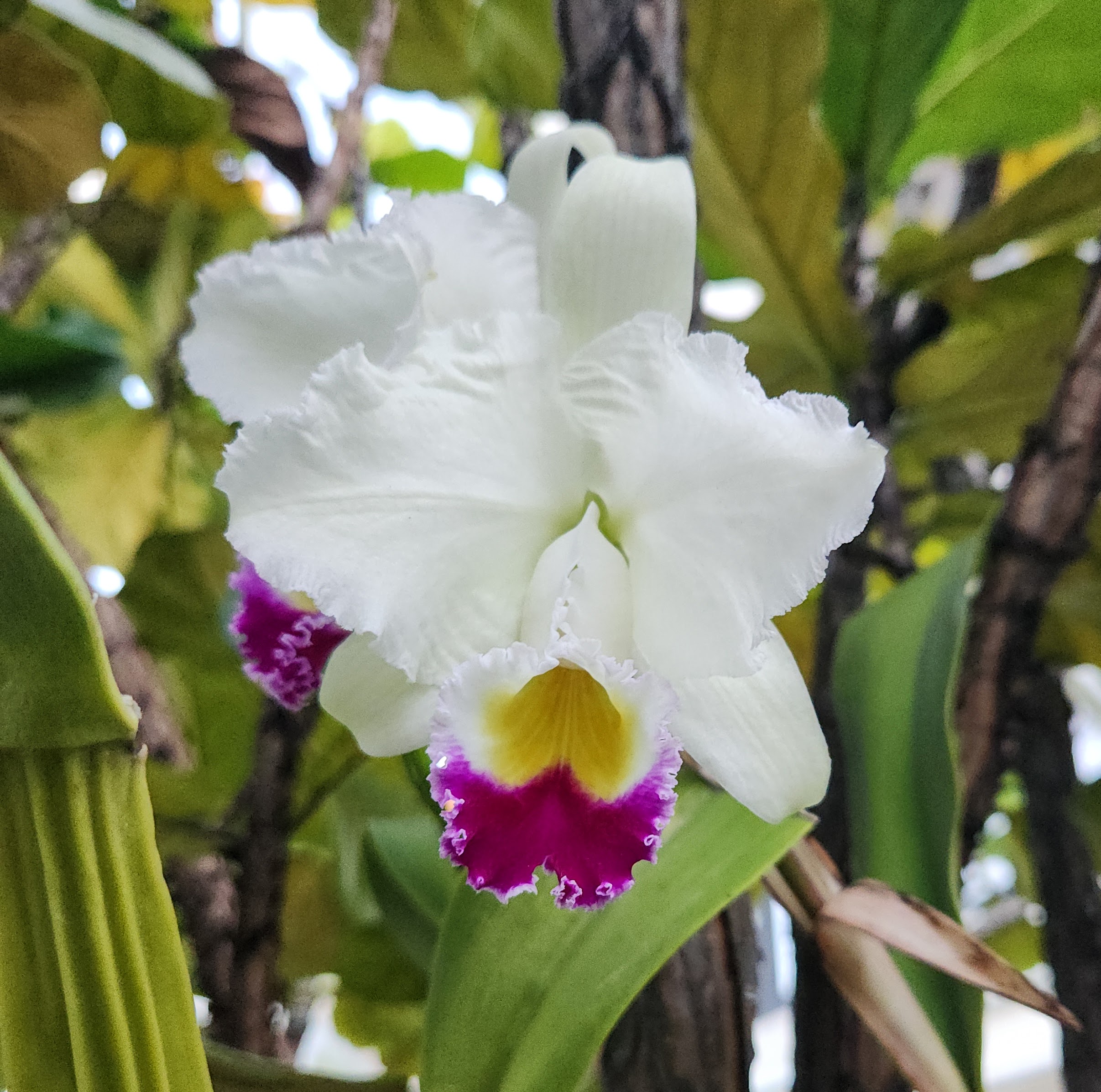
Cattleya trianae semi alba 'Circular'
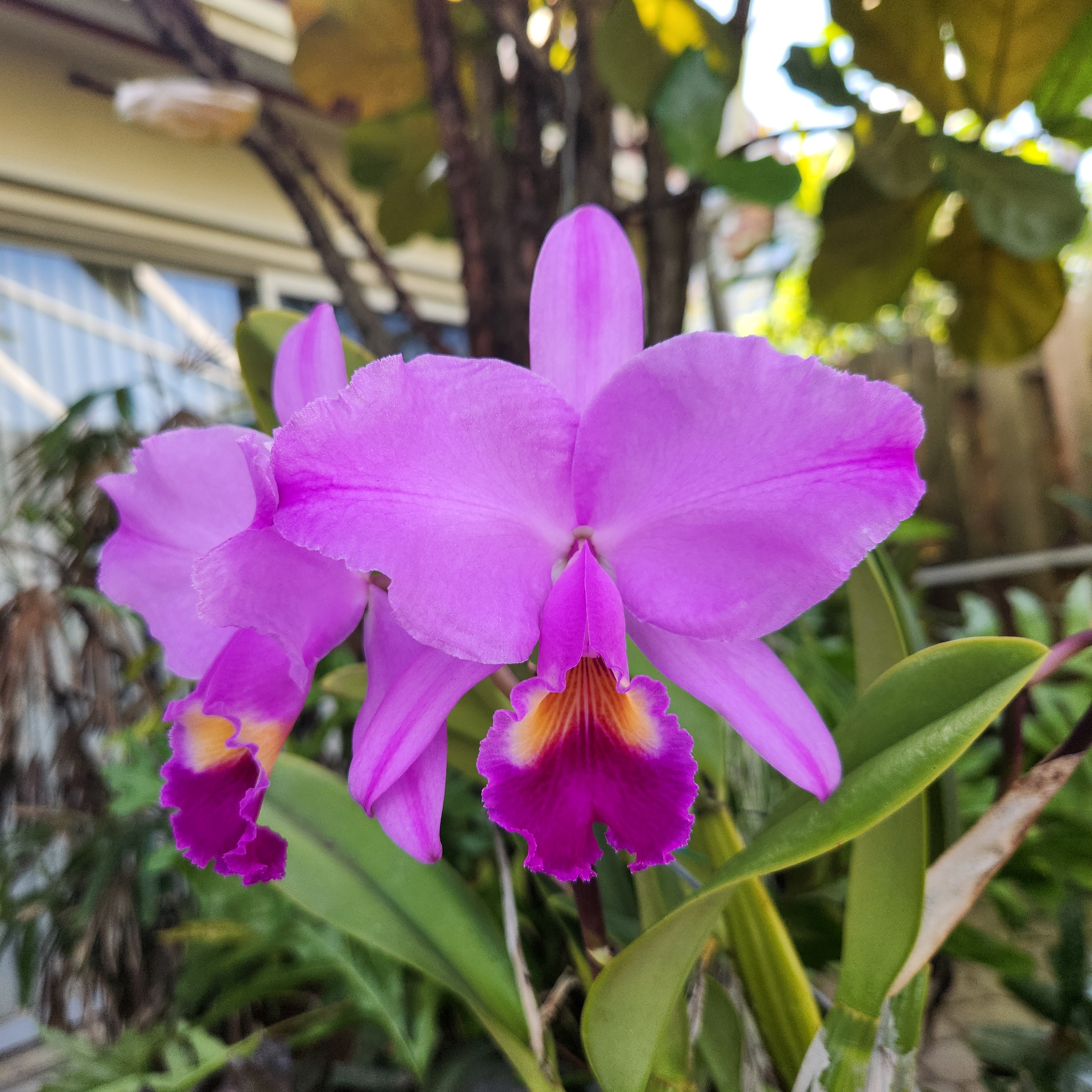
Cattleya trianae flamea 'Vicente'
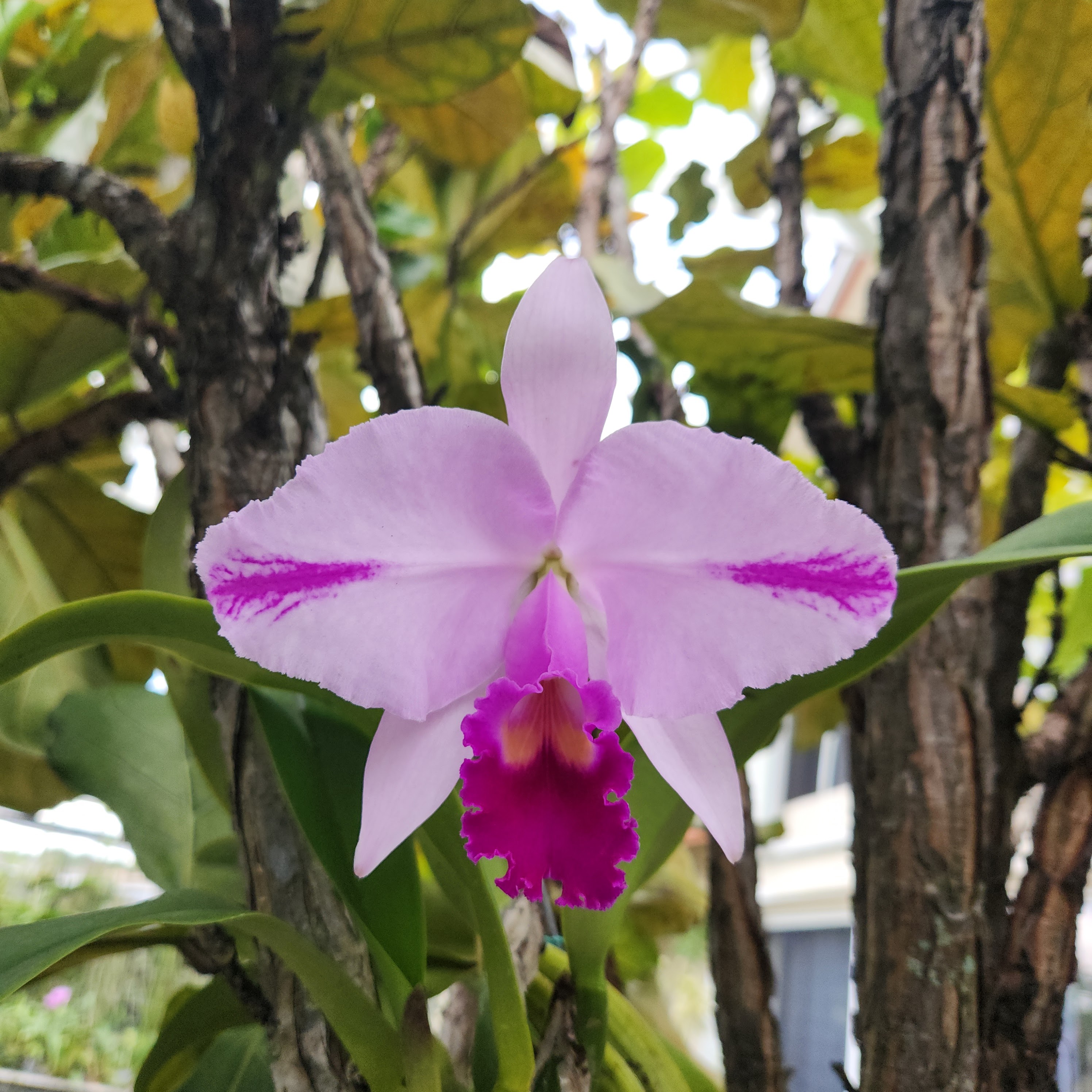
Cattleya trianae flamea ('Tajima' x 'Cashen's)
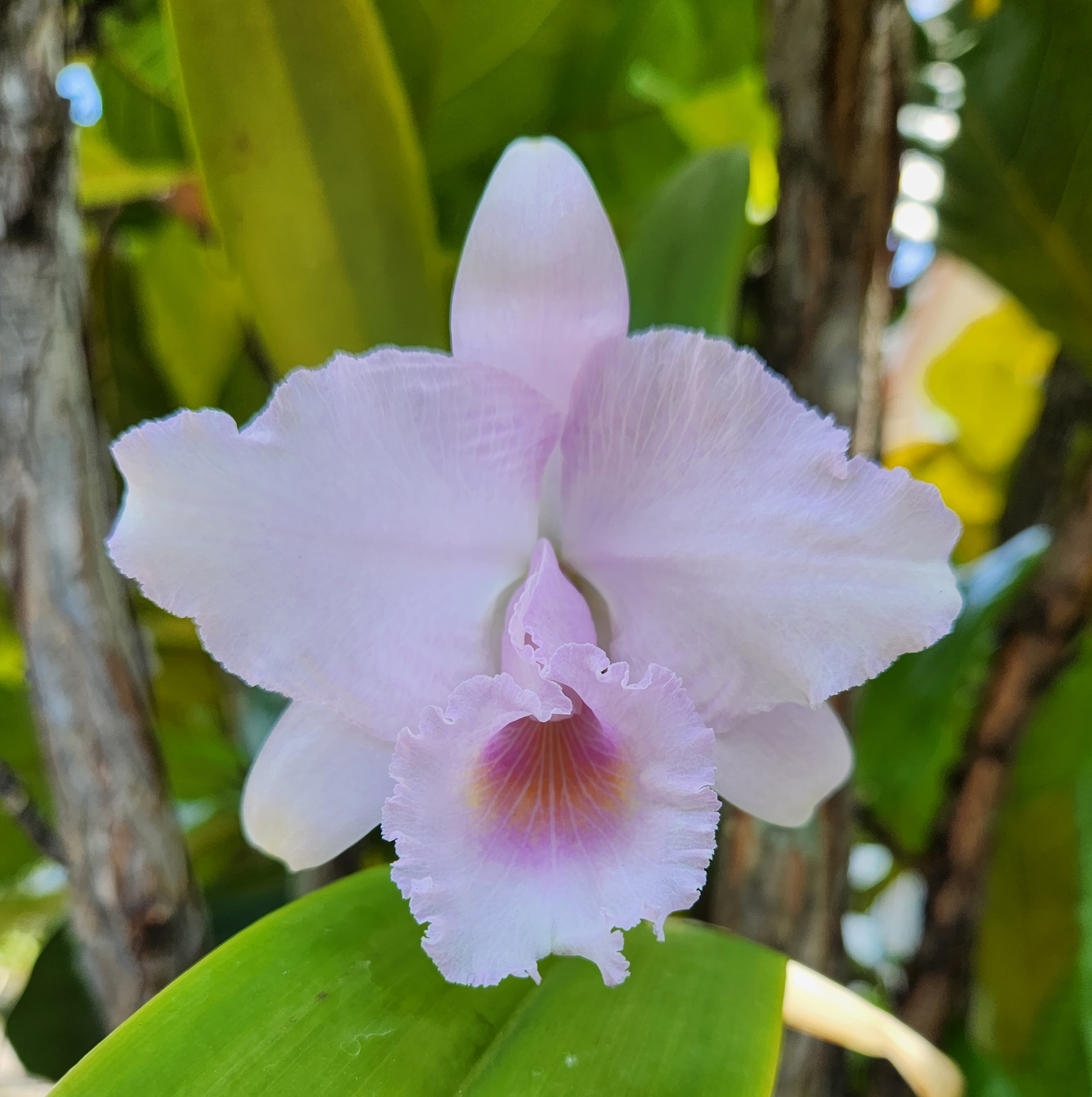
Cattleya trianae concolor 'Amparo'

